In this guide, I explain what women wear in Turkey in metropolitan and conservative Turkish cities, seaside, going out at night, mosques, and restaurants.
Additionally, As Turkish, I will explain what not to wear and Turkish women’s dressing styles.
All the pictures below belong to my wife and sister and are from real life to show you what to expect in Turkey.
By the way, here is your short answer.
As a general rule, women in Turkey wear the same clothes, similar to European women but a little on the modest side.
Even Turkish religious women do not follow a strict dress code like in most Islamic countries.
They wear loose clothing and wear headscarves while being stylish and colorful.
In fact, in Turkey, most Islamic dress styles were outlawed until recently. For this reason, veils and black Islamic covers are non-existent among Turkish local people.
Yet, you will see some women with unrevealing and very conservative styles. These people are most probably Middle Eastern tourists coming to explore Turkey like other tourists.
Let’s start…
1. What do women dress like in Turkey?
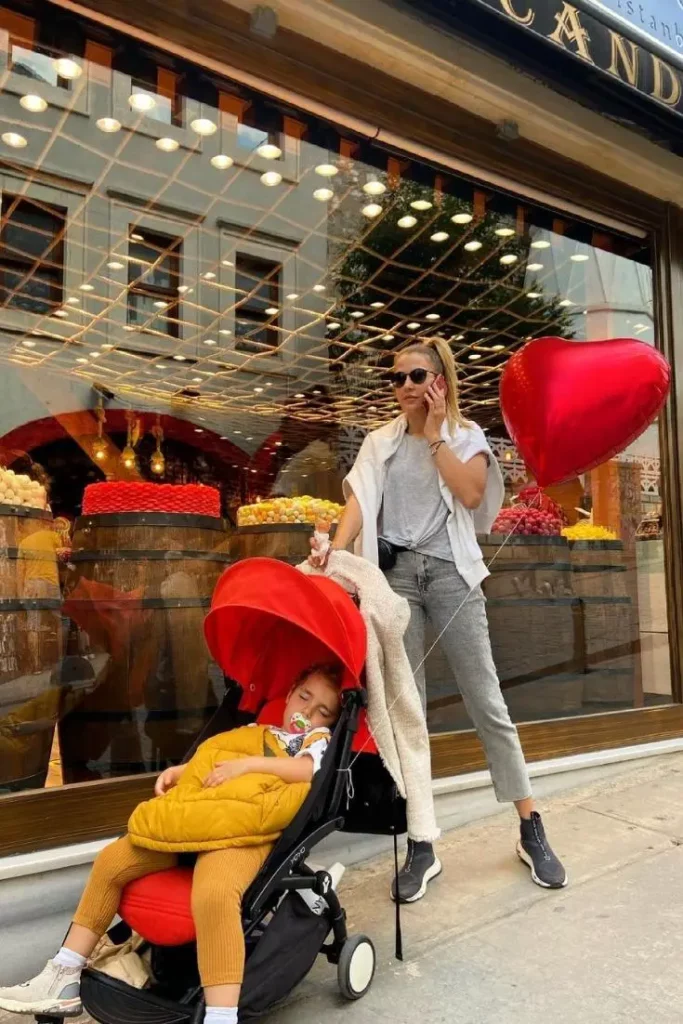
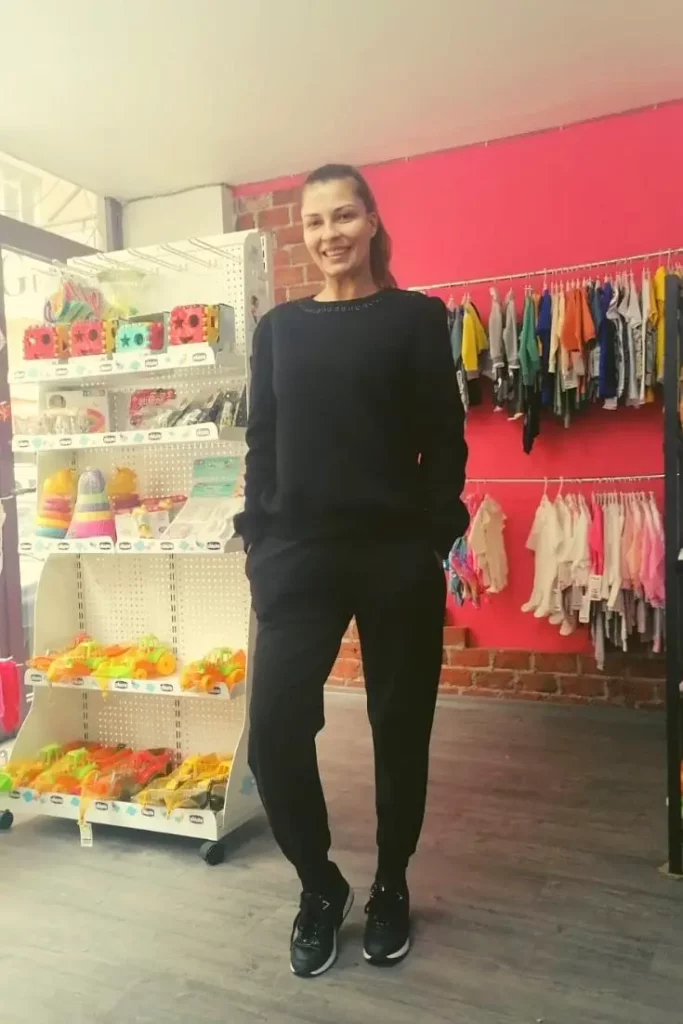
Casual modern-style dresses and clothes are the regular clothes for Turkish Women. T-shirts, shorts, dresses, and jeans are very common.
Yet, being modest and dressing elegantly as you would do in your home country would also be rewarding in Turkey.
While Turkish women prefer modern and comfortable clothes, being stylish is also important for Turkish women.
Turkish people also attach great importance to appearance and tend to treat elegantly dressed women more formally and respectfully.
2. What Should You Wear or Not Wear in Turkey?
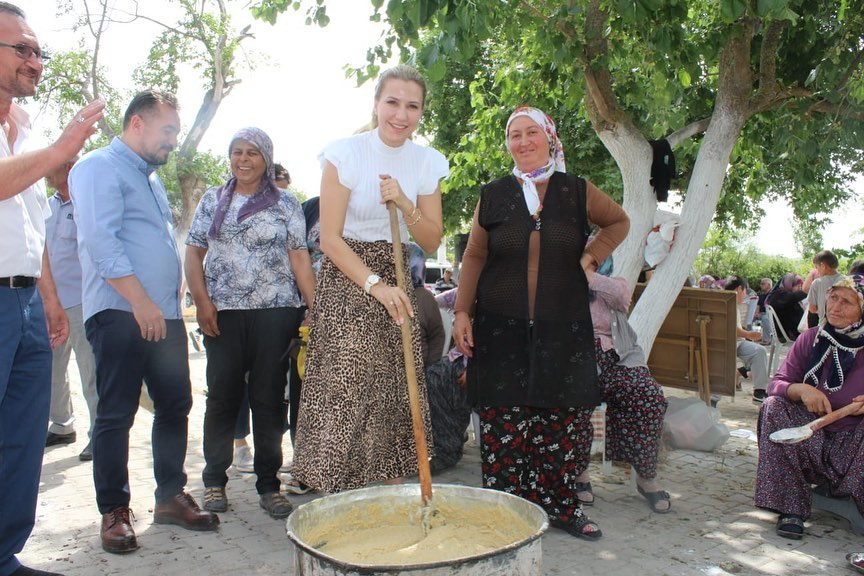
Legally, women are free to wear whatever they want in Turkey.
I would always suggest wearing comfortable, modest, and elegant clothes in Turkey.
Revealing clothes or other kinds such as miniskirts, leggings, or sexy outfits are also safe to wear in Turkey. Especially in coastal areas, you will hardly be noticed.
Because I was planning to write this blog, I observed the reaction of Turkish people to these ladies.
I am living in the semi-conservative city of Manisa. Today, I saw a lady with a very mini skirt and a lady with shorts barely covering her bottom during Ramadan.
Simply put, nobody cared about the revealing clothes of these ladies.
Yet, wearing such clothing out of context (like in rural areas or conservative places) may draw unwanted flirts or eyes.
Another thing that you may try may be the Turkish bloomers which are very loose leggings. These are called Şalvar [Shalwar].
Shalwar is a comfortable traditional pair of trousers, and my international friends love them.
Shalwar is not common among Turkish people but is still worn by Turkish villagers in remote areas.
For Turkish people living in cities, Shalwar is a thing of the past, yet it can be a stylish thing to try in your travels in Turkey.
3. Dress Codes for Ladies in Turkey
Turkey is a unique country with rooted traditions between European, Asian, and Islamic countries. This cultural difference can create some confusion about what to wear if you are a tourist visiting Turkey.
While walking around Turkey today, you will see women dressed in different styles.
As a general rule, trendy casual and modern styles will let you roam Turkey freely without any unwanted attention.
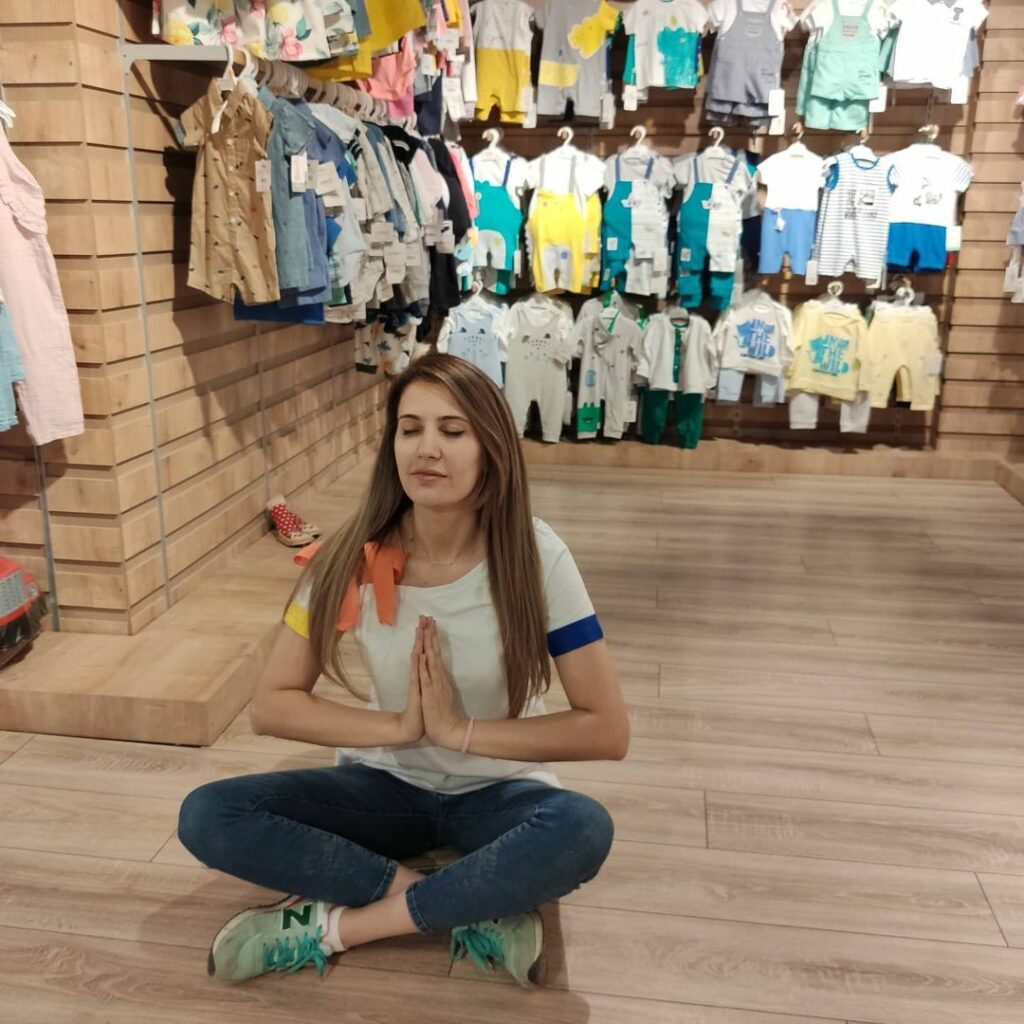
Trousers, tracksuits, jeans, and sweaters are common outfits in winter, and in summer, jeans, shirts, or t-shirts will be enough.
Turkey is a predominantly Muslim country, and to some extent, the influence of Islam on some women’s clothing can be seen.
Yet, Turkey has a much more modern style of dressing compared to other Islamic countries.
3.1 Istanbul, Izmir, Ankara and Western Cities
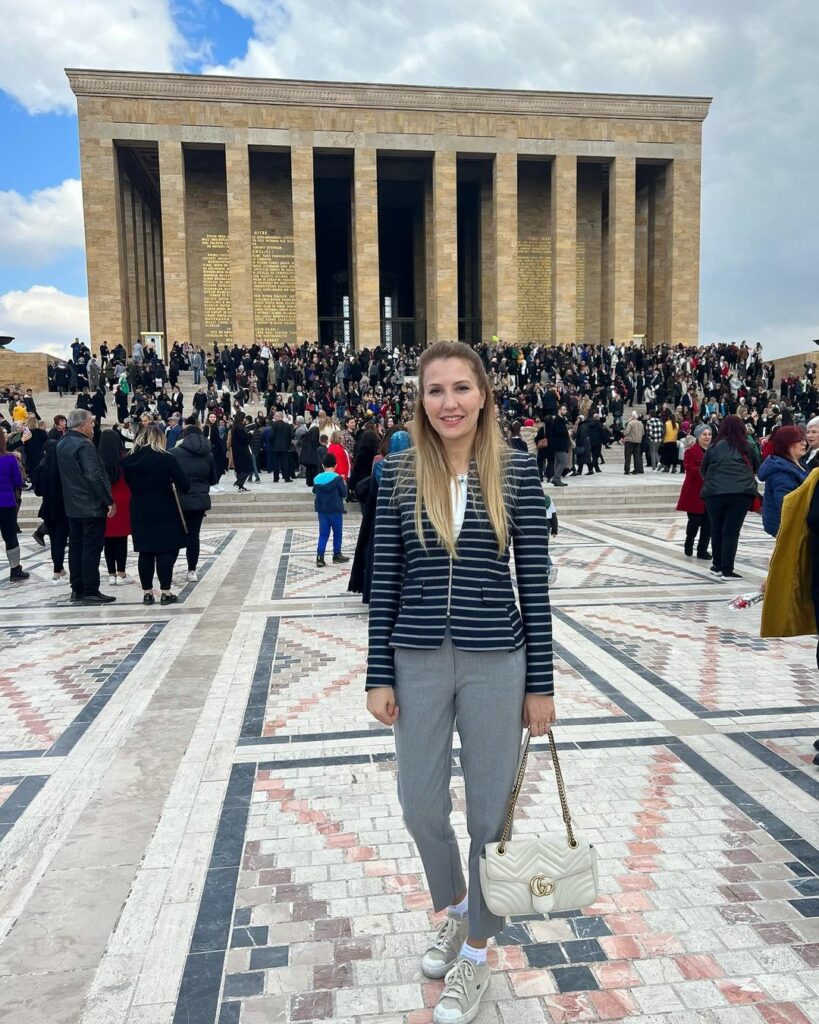
Izmir, Istanbul, Ankara, and Western cities have similar dress codes to European cities.
Izmir’s girls are famous for their beauty, and you will see many trendy girls in mini skirts and latest designs of the most popular fashion brands.
Ankara is the administrative center of Turkey. The city is full of bureaucrats and has no sea. For this reason, you will witness a more formal, casual style.
Istanbul is between Ankara and Izmir, and the dressing style will change from district to district.
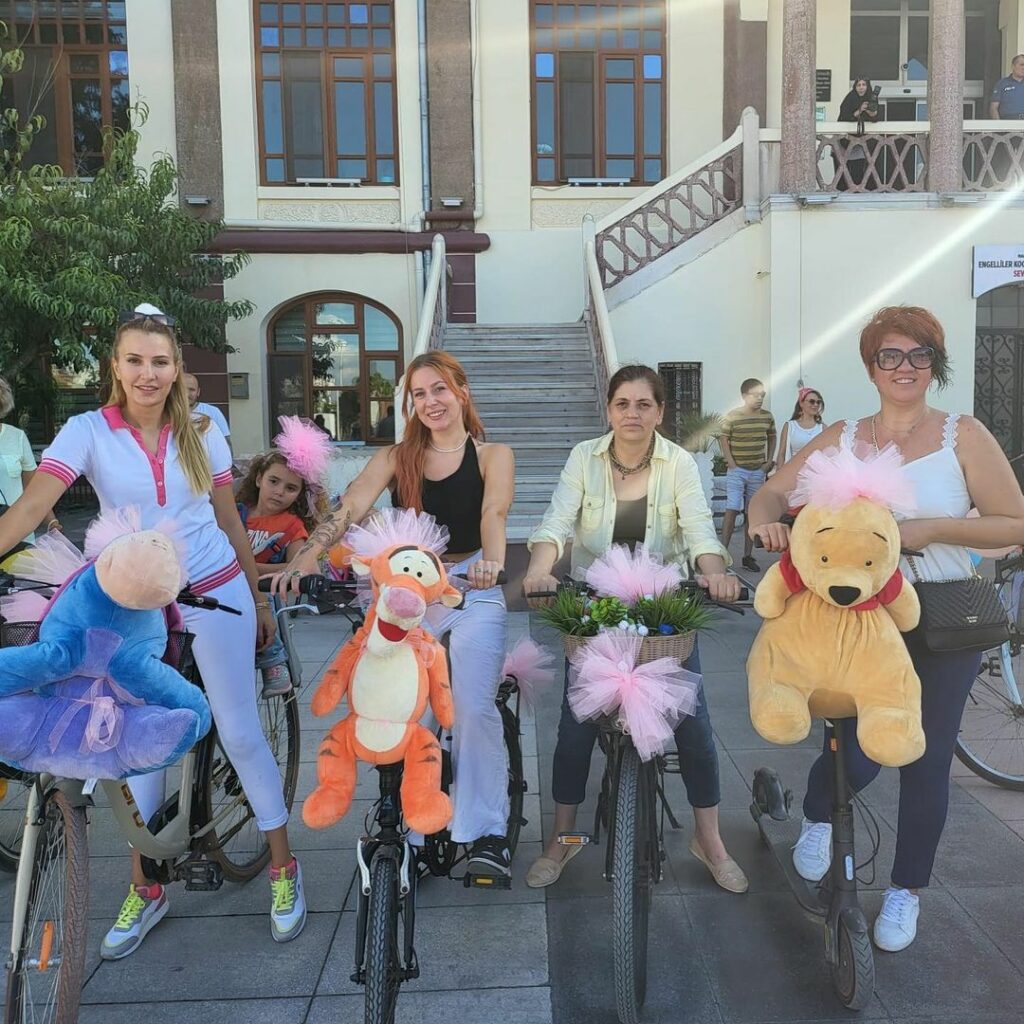
For example, in Sultanahmet, you will see all styles of clothing with tourists visiting from all over the world. Yet, the neighboring district, Fatih, has a local population wearing mostly hijabi and conservative styles.
Bebek or Bagdat Street districts are full of women with elegant styles like Izmir, or in Mecidiyekoy, you will see stylish business women and men dressed in suits or other types of formal business clothing.
3.2 Seaside and Tourist Areas


Simply put, the dress code is Free Friday.
In coastal or touristy areas, other than luxury restaurants and night places, there is no dress code for ladies.
You can spend all your holiday with your swimsuit and your pareo. You can wear anything, and you will hardly be noticed.
3.3 Nightlife
When it comes to clothing in nightlife in Turkey, the dress code is stylish dresses and elegant outfits.
Especially in Istanbul, Izmir, or coastal areas, nightlife can really be experienced at its peak.
3.4 Inner Anatolia and Conservative Places
Inner Anatolia has a more conservative dress code style. Cappadocia and other major tourist destinations are exceptions.
Dress modestly in longer dresses or jeans. For your top, a shirt or a blouse can be deemed okay in those areas.
A modest dress will be seen as a sign of respect and will make it easier to connect with local people.
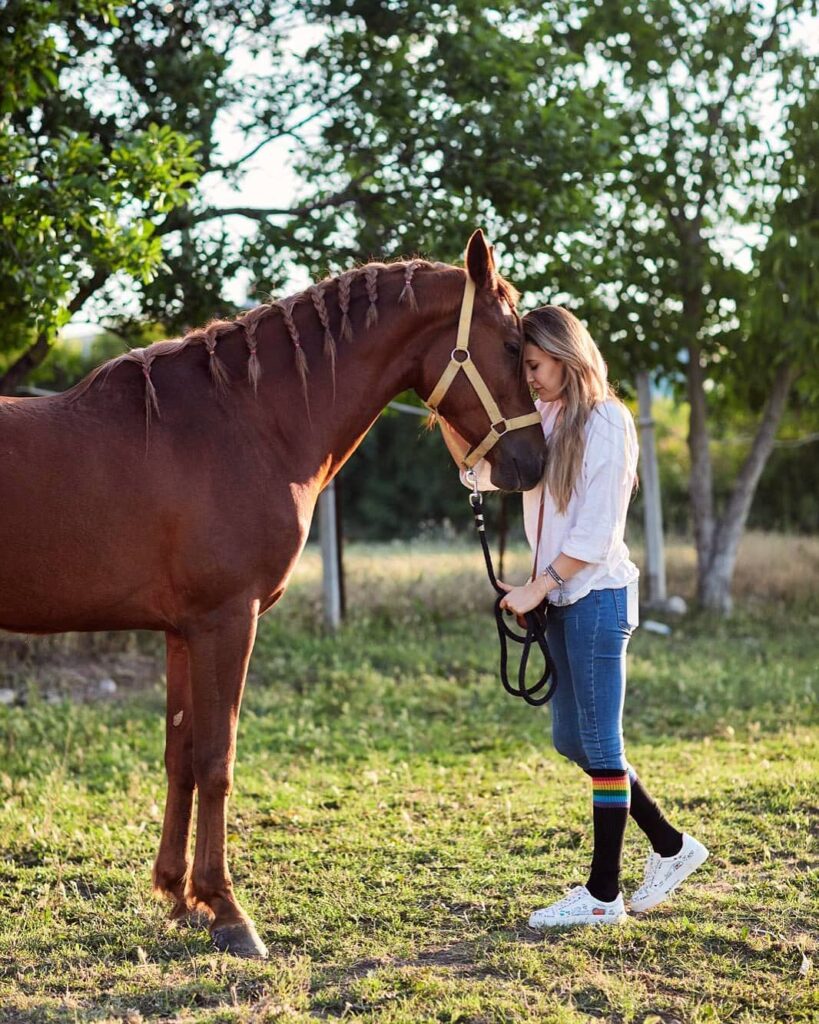
Most Turkish people live in cities. For example, 1 in every 3 people in Turkey lives in Istanbul.
Inner Anatolia has less population density, and people have a tendency to live in conservative societies where outside influence is limited.
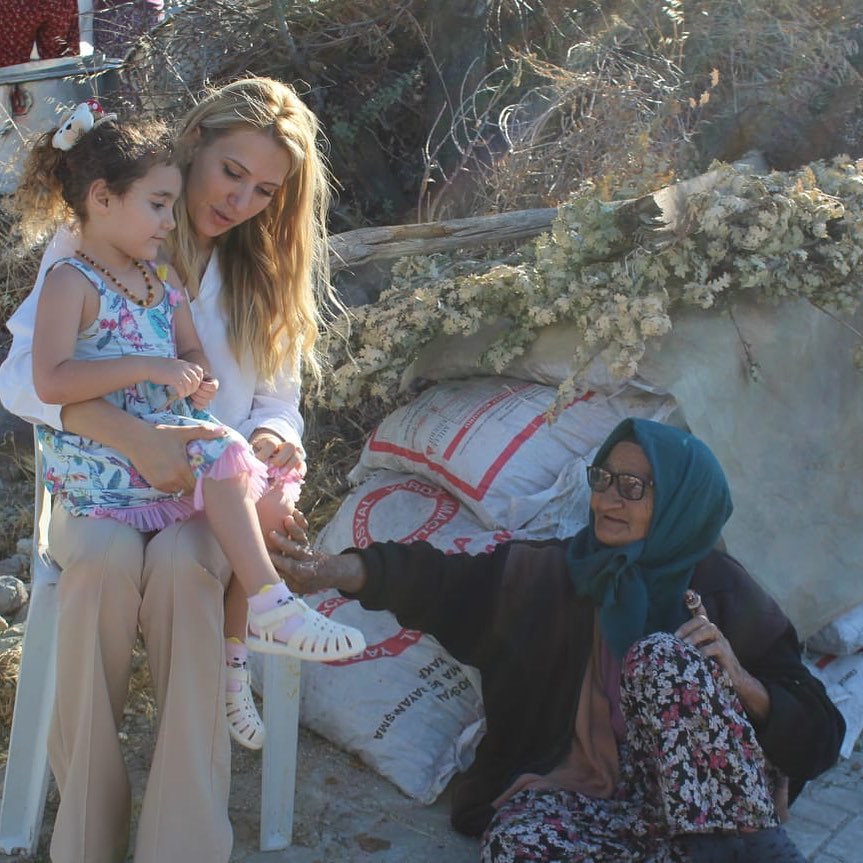
In these areas, people mostly are not accustomed to foreigners as in big cities. For this reason, bear in mind that whatever you dress, you may draw attention because people may think you are strange.
In most cases, this is not a bad thing. Turkish people are generally hospitable and curious.
3.5 Mosques
In most places, Turkish people are used to tourists entering mosques and are happy to let you explore their faith.
Women wearing a scarf is seen as a sign of respect rather than a strictly observed religious rule. A scarf wrapped around your head will fulfill basic hijab rules to enter a mosque.
Turkish women do not close their faces in their hijab style.
In tourist destinations, some mosques allow regular tourist visitors to borrow scarves free of charge. Yet, if you are planning to do a lot of religious and cultural exploration in Turkey, I recommend carrying a scarf with you.
3.6 Restaurants
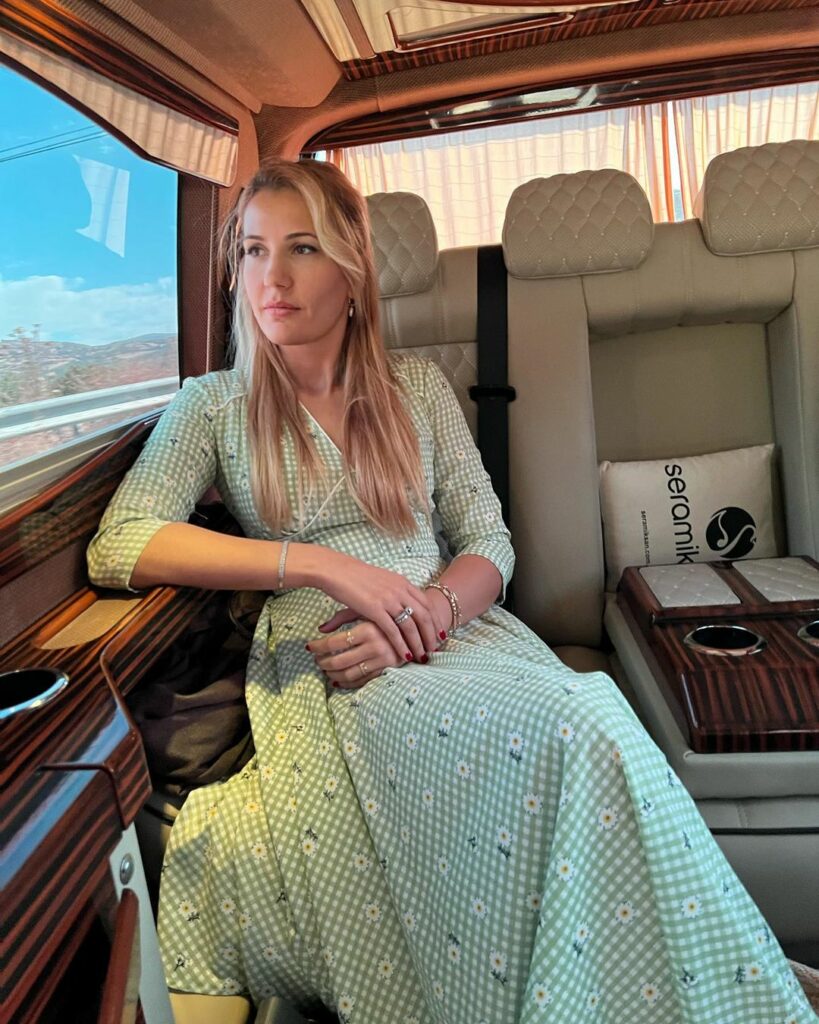
At regular restaurants, the dress code is more formal, and smart casual is the norm.
Men and women are both expected to dress in more casual clothes. For most restaurants, jeans, a T-shirt, or a regular shirt are adequate. Nothing fancy like suits or ties are required.
The dress code really depends on where you are dining. Around Sultanahmet or in a beach town where all customers are tourists, no one cares what you wear.
Yet, in more luxury restaurants like a trendy fish restaurant in Bebek Istanbul, where you will usually not see many tourists, both men and women are expected to wear casual clothes and dress fashionably.
4. Turkish Clothing Styles
Turkey is a unique country with its own traditions and cultural differences, so you will see women dressed in different styles.
In bigger cities, women wear modern-style clothes, whereas in small cities, you will wear a more conservative modern hijabi (Islamic) style.
In rural communities, traditional style is common.
Before we continue, I would like to present to you my fashion guides that you can read for further information.
4.1 Modern Turkish Clothing Style
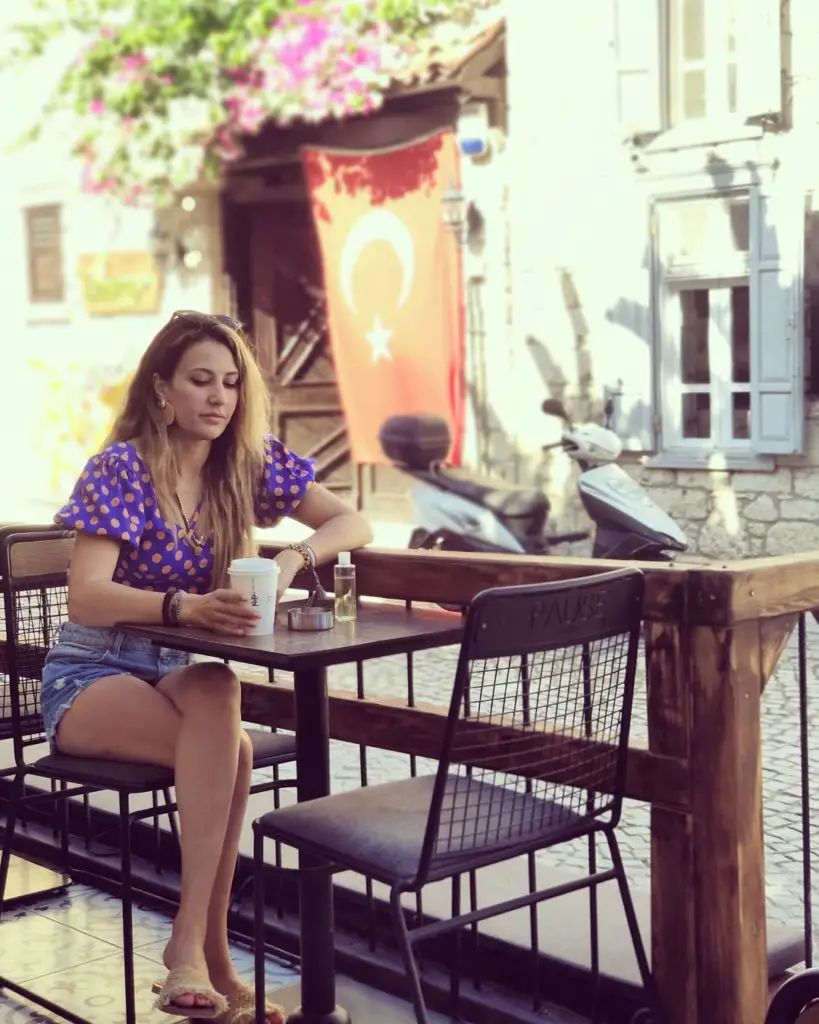
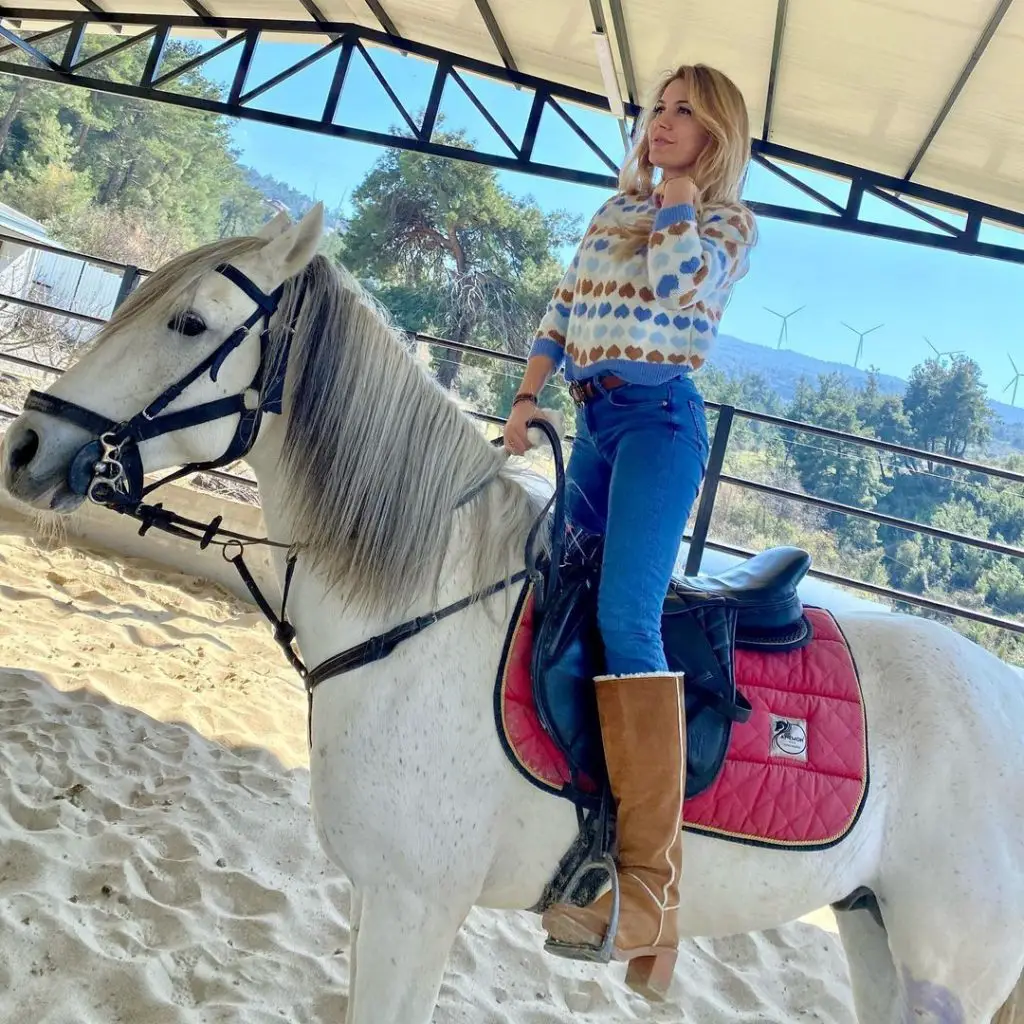
In Turkey, secular and modern Turkish women dress similarly to their Western counterparts.
Turkish women usually love classical designs with a good combination of colors. Transparent clothes and deep cleavage are not common.
4.2 Turkish Hijab Style
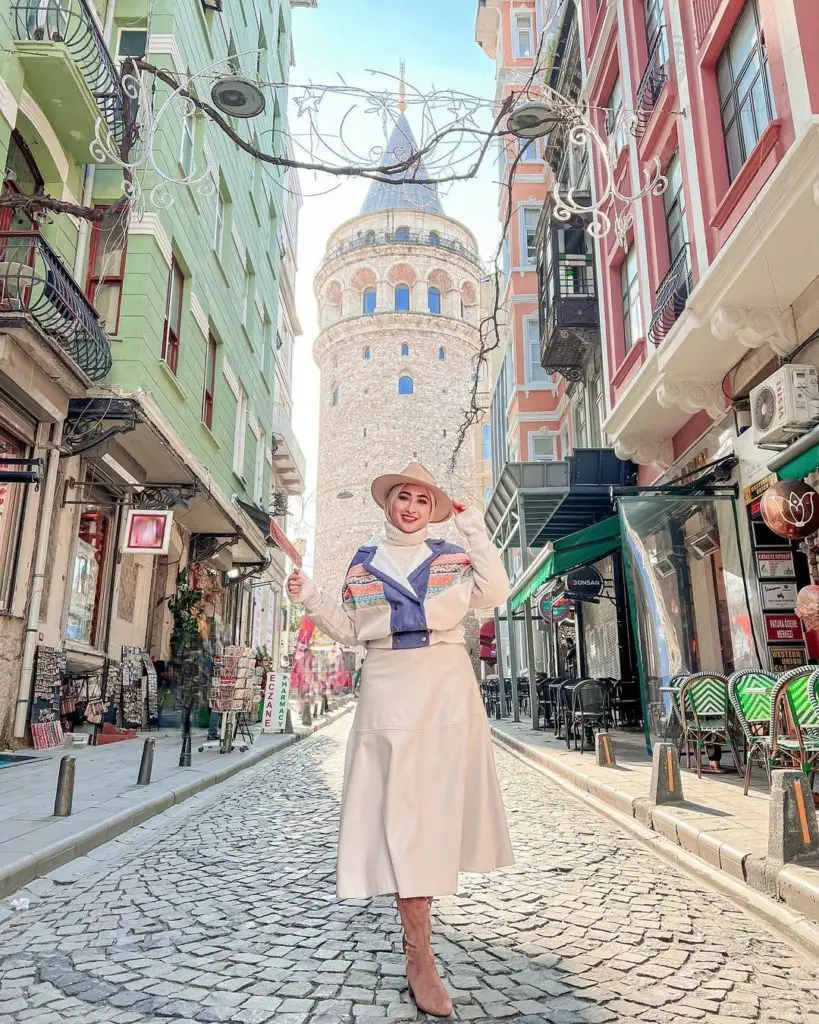

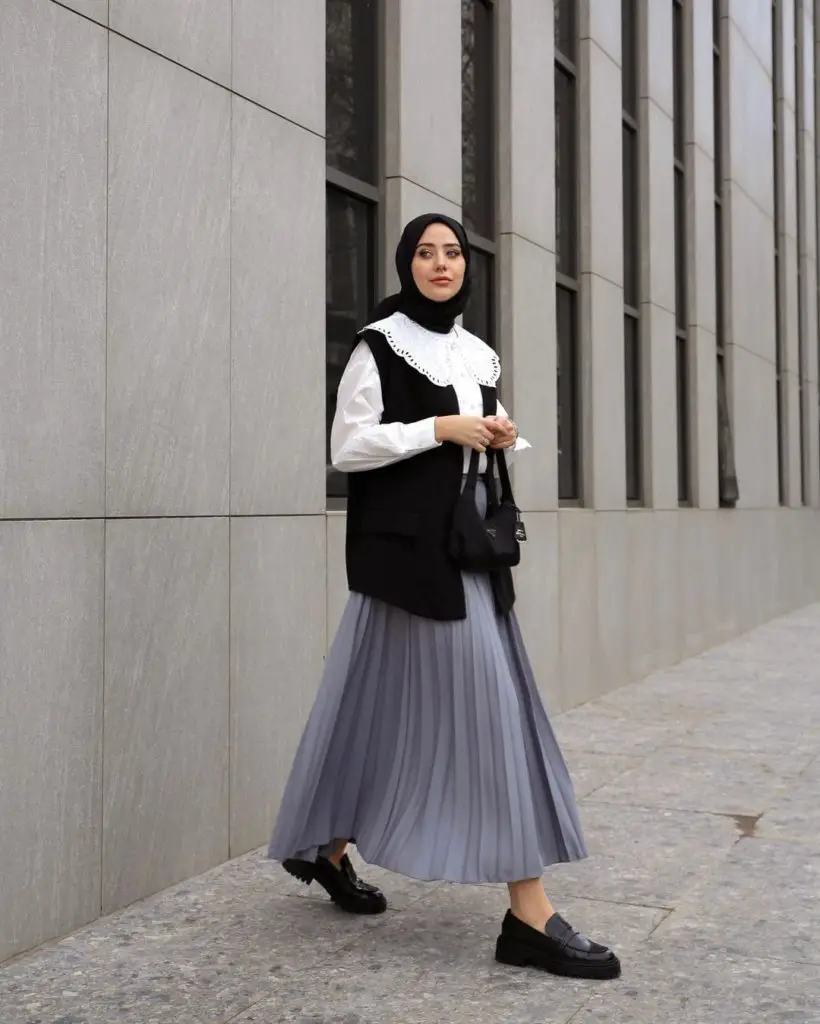
Turkish hijab style (tesettür) is loose clothing that does not reveal the skin until the ankles and wrists.
A scarf covers hair and neck, and there is no limit on how stylish and colorful you can be.
Even in conservative women’s clothes, you can see the style and feminism of Turkish women.
Turkish people do not adopt the black veil or more conservative Islamic hijab styles. Additionally, the Turkish hijab style does not cover the face partially or fully.
You will occasionally see more conservative hijab styles in Turkey, but they are most probably tourists visiting Turkey.
4.3 Turkish Traditional Clothing
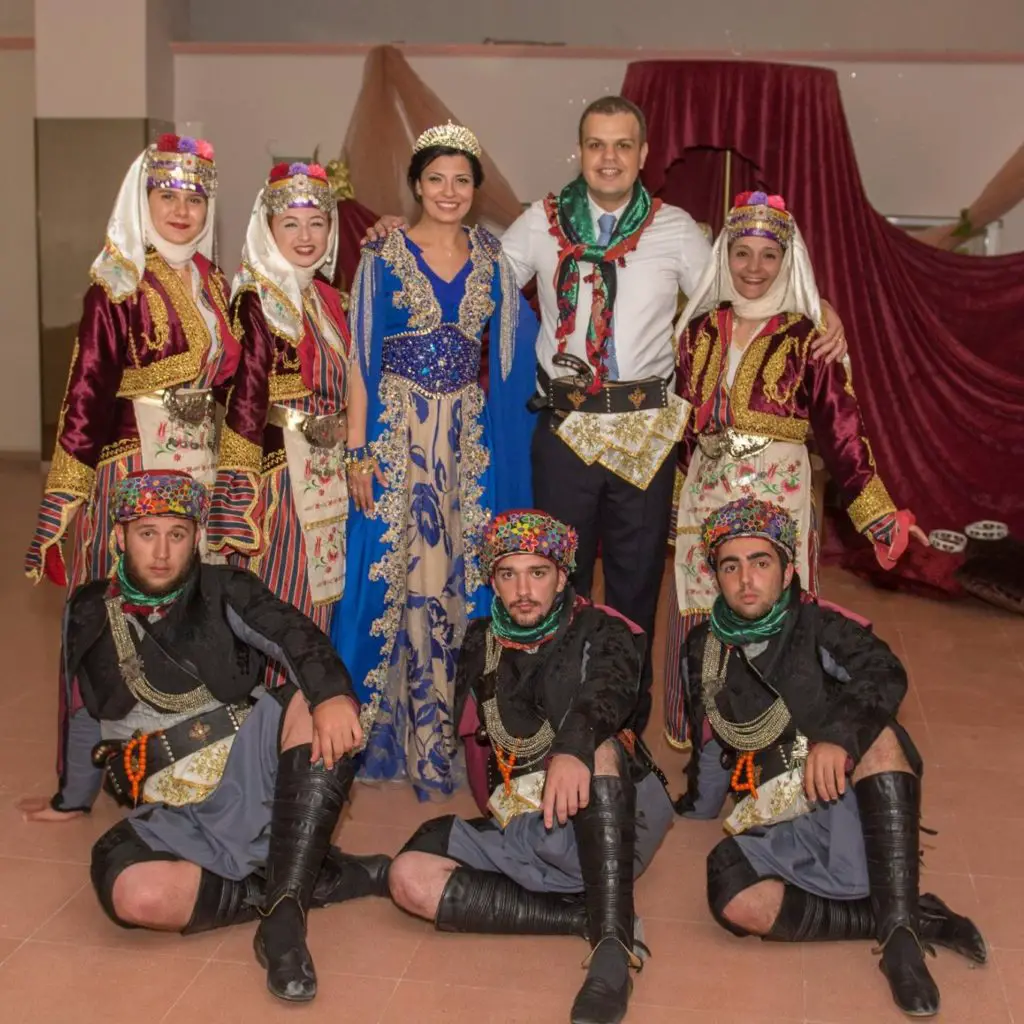
Every region in Turkey has its own traditional clothing. Turkish traditional clothing style reflects Turkish cultural diversity and can even change from city to city.
Yet, today, most Turkish people do not wear traditional costumes.
You can see people wearing traditional clothes only in rural areas, towns, and villages.
Even in those places, young Turkish people overwhelmingly abandoned wearing traditional clothes and preferred jeans and shirts.
The other place you will see Turkish traditional clothes is folk dances and Turkish weddings.
As you can see in the picture above, the last time my wife and I wore traditional Aegean Turkish clothes was at our wedding ceremony with an Aegean folk dance group.
